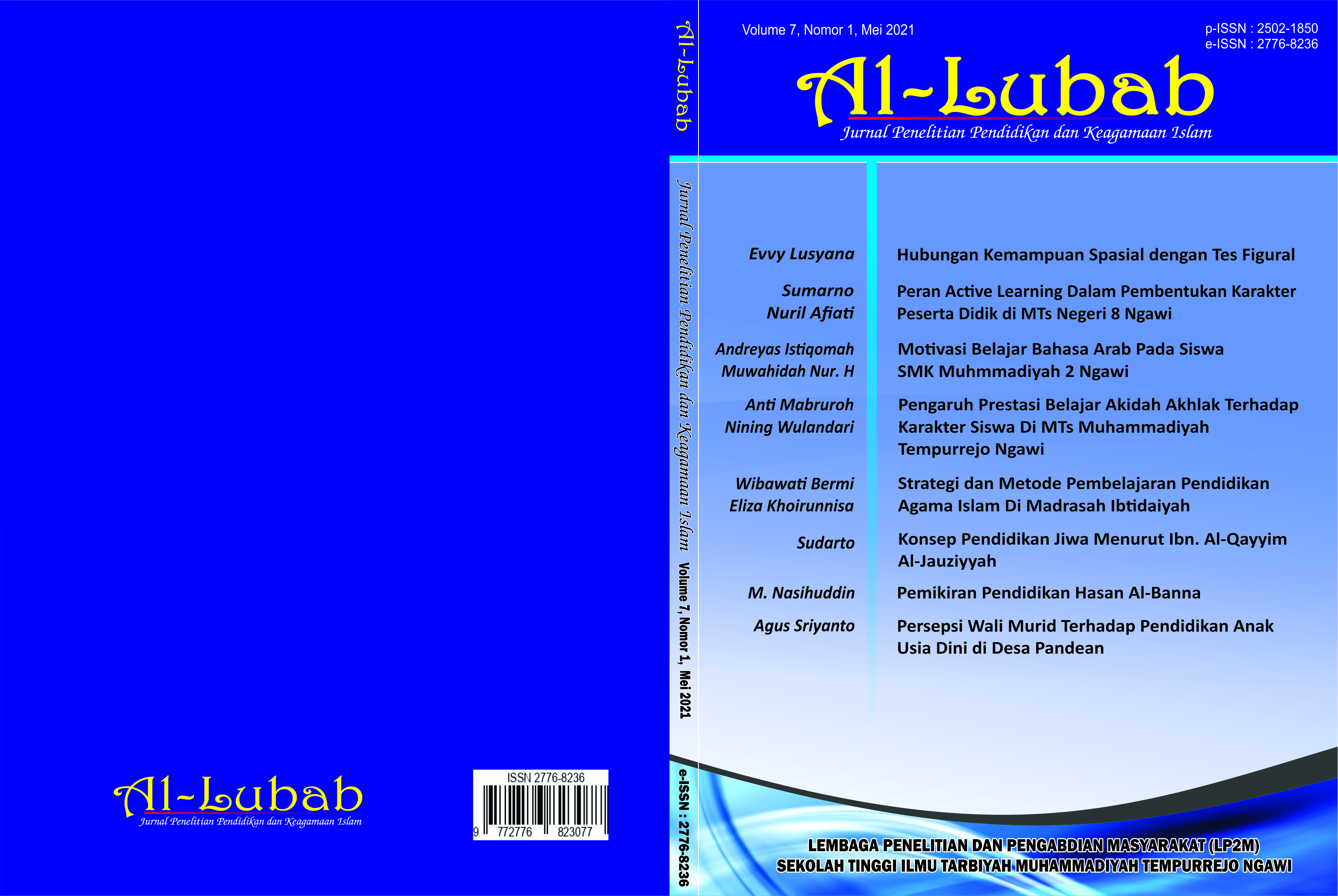Hubungan Kemampuan Spasial dengan Tes Figural
Abstract
This article focuses on the study of theories related to spatial reasoning. Spatial reasoning is a series of cognitive processes that take advantage of basic knowledge of the shape, position, and transformation of two- and three-dimensional objects, find the relationships of these objects and manipulate visible information to solve related problems. Spatial reasoning consists of five components, namely Spatial orientation, which relates to determining the shape of an object, spatial perception relates to parts of objects that are positioned vertically and horizontally, mental rotation is related to observing objects and their changes based on the direction of rotation, spatial visualization is related to knowing changes in the shape or position of an object, and spatial relations to know the parts or relationships between parts of these objects. Spatial reasoning has an important role in life, but in reality it has not been much facilitated in learning geometry. So this article reviews an example of testing spatial reasoning that will serve as a reference for making instruments to facilitate spatial reasoning.







